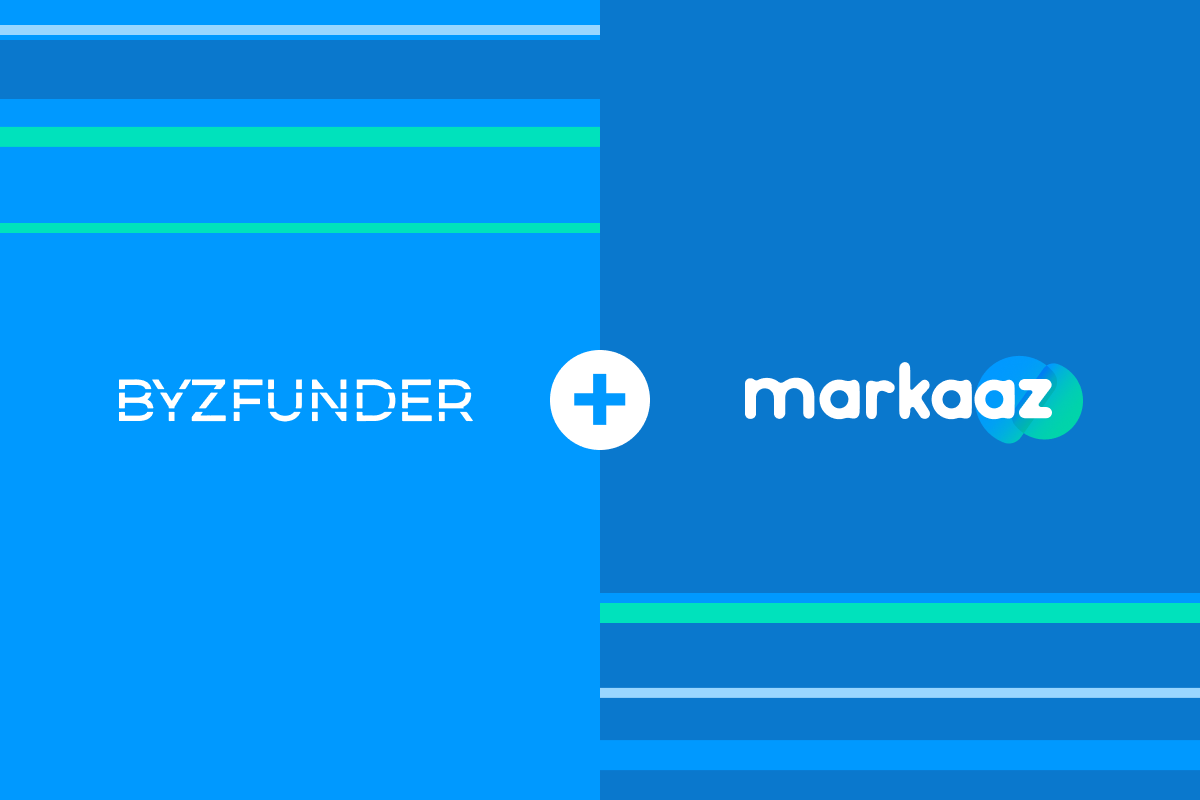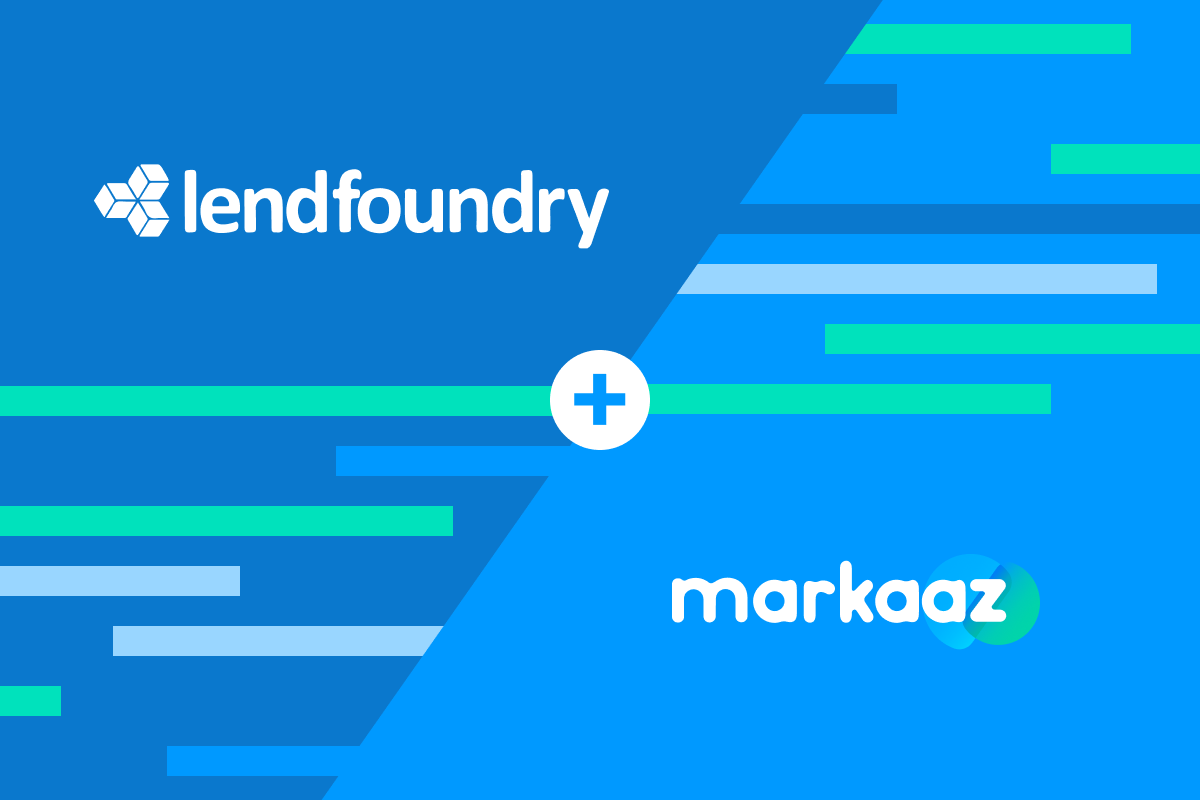You don’t have to be a financial expert to understand the issues small businesses face in today’s economy.
Access to financing, specifically, is an omnipresent struggle many business owners face. The conditions small businesses need to meet, such as time in business, stable revenue, etc., can be challenging to achieve. Factors such as being a startup, requiring money fast, inconsistent cash flow, not having a good credit score, and not having collateral could determine why a small business doesn’t get the financing they need.
There is a financing gap estimated to be $87 billion in US small businesses alone. Companies located outside major cities and those owned by women and underrepresented minorities have systematic differences in access to capital. In essence, access to external funds is not always available to the businesses that need it.
The National Small Business Association found that one in four small businesses cannot access needed financing. This is most prominent for financing amounts under $5 million, typically because public markets and institutional fund investors aren’t interested in transactions below this amount. Additionally, a third of small businesses cite lack of cash flow as their greatest challenge. Further, studies show that outside investment is less available, and loan denial rates are significantly higher for businesses owned by women and underrepresented minorities.
Increased access to financing could be the difference between success and failure for a small business.
Below are five tips on how to access financing and improve your cash flow, and where if possible, to invest.
1. Be prepared, have a (business) plan
It’s expensive to start a new business. To start your venture, you may need some extra capital to cover a few months’ rent for a retail or office location. Potentially, you might need warehouse space, computers, or other equipment as well. Marketing and advertising startup costs can also be expensive. To top it all off, there’s the cost of employing talent.
Unless you have savings, it’s unlikely that you have enough money to get up and running. Chances are, you will need either an investment or small business financing to start your company and keep it going until you begin to turn a profit.
Even if you manage to put together enough money to start your business, it could be months before you start seeing any return. Unfortunately, most new companies don’t succeed, not because they don’t have enough to open the doors, but because they don’t have enough to keep them open. Having small business financing in place before you begin will give you the time you need to build a successful operation.
An investor or lender will likely want to see a business plan and verify your company’s status before committing funds to a startup, so make sure you have that in place.
2. Create detailed financial projections
Many small businesses operate on reasonably small profit margins, leaving not much extra lying around for expansion. If you’re looking to take that next step for your company, whether that means opening another store, hiring more staff, or adding a product line, you probably need some extra cash to pull it off. Ideally, the plan would be to repay the loan from the additional profits of the newly expanded operation.
A crucial step here is to work out all the financial projections to ensure you can handle the extra obligation of loan payments. However, approaching a lender or investor with expansion plans and a successful track record will work in your favor, especially if you have already done business with them.
For existing businesses looking to expand, an investor or lender will want to see your detailed financials to assess the risk of lending to you, alongside a business plan. Their priority is minimizing their risk and maximizing their chances of being paid back, so be prepared to state exactly how much you need and how you plan to use it and the impact additional funds will have on the business.
3. Compare different sources of financing (and their terms)
Occasionally, you might need some money to tide you over. Maybe you need to stock up on inventory before a big holiday season but don’t have the current cash flow to cover it. Or perhaps you’re mounting a major advertising campaign and need to pay for commercial production and TV time. Either way, you anticipate that the revenue generated by the expenditure will be profitable in both instances, but you don’t have the funds readily available. A working capital loan can help you get there and achieve these short-term goals to increase revenue in the future.
If you have good credit and assets to use as collateral, you could be a great candidate for a working capital loan. There’s also the option of a line of business credit that you use when and if you need it. The line of credit also has the benefit of being immediately available once you’ve been approved, so it’s perfect for when you need money in a hurry.
4. Lease office equipment (vs. buy)
If your business requires expensive or specialized equipment or machinery, you have the choice between buying or leasing it. Both options have their distinct advantages, but some companies decide to lease their equipment. Instead of spending large amounts of cash on furniture or another equipment upfront, a small business can find an equipment leasing company and save money while still having access to that equipment. This can be a smart way to maximize your cash flow when you’re first starting out.
5. What’s next
Markaaz works with leading large and small companies to ensure you have all you need to succeed in one place. We have built a pre-verified directory for small businesses, where you can find new business partners and suppliers and monitor them over time. We will soon introduce new features that reduce the friction in payments and increase access to financing. We are working in tandem with institutions to build a comprehensive platform for small businesses to find verified suppliers, monitor them, and improve their cash flow. This includes features that would give small businesses a better idea of what financing options are available to them, opening up a world of opportunities.
Join Markaaz today to be the first to learn about our cash flow features.
Fabi Hubschmid, Chief Operating Officer and Co-Founder
About the author: Fabi Hubschmid is Chief Operating Officer and Co-Founder of Markaaz, the world’s first and only global platform to verify and connect every small business on the planet and the network of partners that support them. Hubschmid is an entrepreneur with global experience in the platform, construction, and smart cities industry with a track record in global and complex transformations across private and public sectors. Prior to co-founding Markaaz, Hubschmid was Strategic Development Officer for AXA’s Global Enterprise & Partnerships, Founder & CEO of the Enix Advisory, Tutor for the ‘Beyond Smart City’ course of the Massachusetts Institute of Technology (MIT), and a member of PwC’s Global Smart Cities Team. The Markaaz team is developing the next generation of tools and resources for small businesses. Hubschmid is focused on creating a positive and sustainable impacts for small business owners. Hubschmid is a member of the WEF Global Innovators and Global Shapers and the Young Entrepreneur Council Follow Fabi on LinkedIn & Twitter today.




